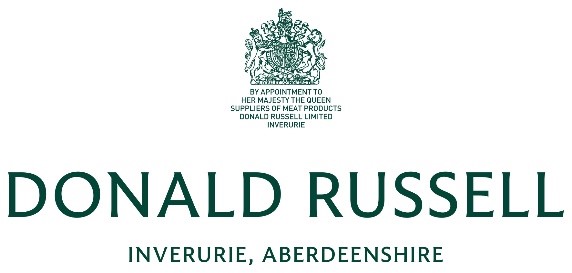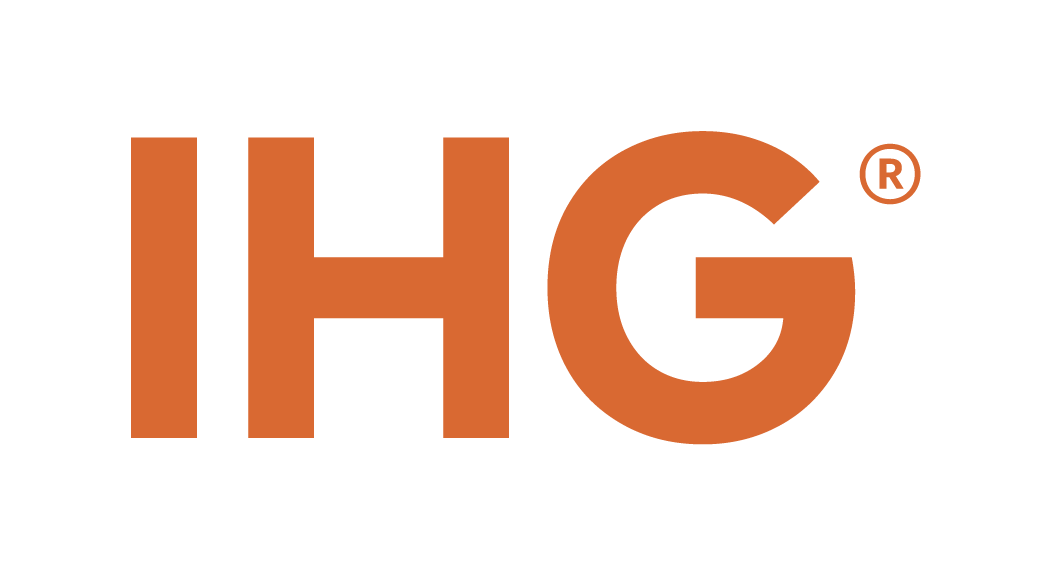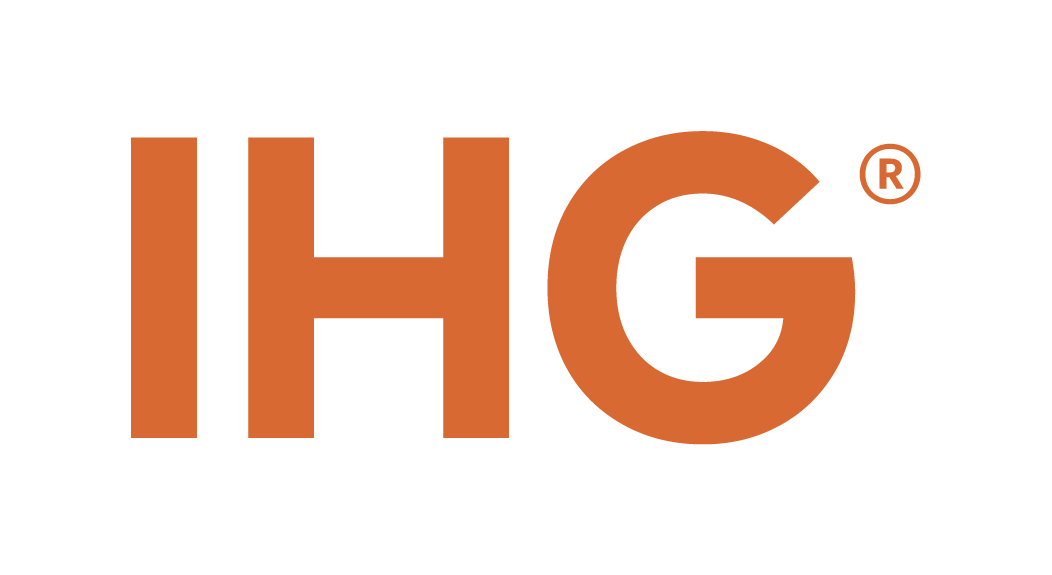Information
-
Daily operation plain summary for D&R Catering
undefined
-
-
-
-
undefined
-
Client / Site
-
Conducted on
-
Prepared by
-
Location
-
Personnel
POLICY ARRANGEMENTS
-
Food premises registration document available & signed
Food policy statements
-
Policy documentation available, signed & dated
-
Documentation brought to the attention of staff
Organisation
-
Organisational structure in place
ARRANGEMENTS
FOOD DELIVERY & STORGE
Delivery
-
No unauthorised suppliers used
-
Banned food list available & adhered too (if applicable)
-
Chilled food delivered @ +8 deg C or colder
-
Frozen food delivered @ -12 deg C or colder
-
Food delivery temperatures recorded
-
Condition of delivery vehicles & driver checked & recorded
-
Deliveries not left unattended, uncovered, etc
-
Date coding & food quality checked
-
Abused or damaged goods rejected
-
Unwrapping/ decanting carried out in separate areas
Storage
-
Chilled/ frozen food stored without delay
-
Store room in clean & tidy condition
-
Food stored on suitable racking off the floor (6")
-
Fabric & condition of store rooms acceptable
-
Environmental factors satisfactory (temperature, etc)
Refrigerated / Freezer Storage
-
High risk chilled food stored @ or below +8 deg C
-
Frozen food storage @ -18 deg C or colder
-
Defrosted food never refrozen
-
Use by date codes transferred to containers
-
Food not stored in open containers
-
Cardboard/wooden containers not used in refrigerators
-
Glassware not used to store food in refrigerators
-
In multi-use refrigerators are raw & cooked products separated to avoid the risk of cross contamination
-
Refrigerators not stocked/overloaded
-
Strict stock rotation being observed
-
Food containers sanitised before use
-
All "open foods" kept wrapped, inc cheese, etc
Ambient Storage
-
Storage temperature is appropriate
-
Is storage area well lit
-
Protective light shields (diffusers) cover all light sources
-
No open dried goods
-
Food not stored near chemicals
-
Date codes transferred to decanted food
-
Strict stock rotation being observed
-
No out of date dried goods identified
FOOD PREPARTION
Sanitisation
-
Adequate supplies of sanitiser available & used
-
Correct application of sanitiser & staff appropriately trained
-
Knives, slicers, etc, sanitised / washed after use
-
Detergent sanitiser used in dishwasher or correct manual washing methods used
Initial Food Preparation
-
Raw food not prepared near cooked food & utensils/surfaces sanitised between each use
-
Disposable towels used to wipe down food surfaces
-
Frozen food defrosted under refrigerated conditions
-
Cold food refrigerated between preparation & service 40 deg or below
-
High risk foods kept out of refrigerated conditions as short as possible during preparation
-
All high risk foods not left unattended e.g. During breaks
-
All food prepared with minimum delay
Per-cooking & Reheating
-
No unnecessary per-cooking
-
If hot food has to be per-cooked are suitable control measures in place & strictly followed
-
If cold food has to be pre-cooked are suitable control measures in place & strictly followed
-
Blast chiller available if pre cooking regularly & short cook chill code of practice applied
-
Blast chiller temperatures / time records available & completed
-
If no blast chiller, are hot foods chilled quickly
Home Freezing
-
No home freezing
stock
-
Stock only from dried or other commercial bouillon mixes
TEMPERATURE CONTROL
General Delivery & Storage
Cold Food
-
Display units not overloaded
-
Food on display kept below +8 deg C or 4 hour rule applied
-
Leftover food from display above +8 deg C disposed of
-
Buffets out for a Maximum time of 4 hours
Hot Food
-
All high risk food cooked to a core temperature of @ least 75 deg C
-
Hot food display temperature kept above 63 deg C
-
Hot food from display never reheated
Temperature Monitoring Procedures
-
Probe wipes available
-
Temperature test medium available in all refrigerators & used
-
Probe used to check fridge & freezer temperatures
-
Frequency check in line with company procedures (or at least twice a day)
-
Probe calibrated monthly & checks recorded
-
Annual formal calibration & certification available
-
Action taken for unsatisfactory product temperatures
Temperature Records
-
Food deliveries (chilled & frozen)
-
All refrigerators between 32 deg and 40 deg
-
All freezers 32 deg or below
-
High risk hot food core temperatures 165 deg
-
Hot food display/ service units (if applicable)
-
Records kept for at least 3 months
Food Service
-
Delays between preparation & service kept to a minimum
-
Cold food refrigerated between preparation & service
-
Food covered where possible
-
If no blast chiller available, is action taken to chill food as quickly as possible & used within 24 hours
-
Left over meat / fish is not re-used in other made up dishes
-
4 hour rule taken into account
Loose Fittings
-
Any loose fittings, nuts,bolts, screws, drawing pins, etc seen above food preparation areas
-
Notice boards not positioned above or in close proximity to food preparation areas
-
No drawing pins on notice boards
Wood, Packing Materials, Cloths, Wire Wool, etc
-
Wooden handled equipment not in use
-
Crude outer packaging not on food preparation surfaces
-
No worn / frayed cloths, tea towels, etc
Complaints procedure
-
Procedure understood & followed
Personal Hygiene Standards
-
All food handlers issued and trained in good hygiene guidance
-
Finger nails are short, unpolished & clean
-
Good personal hygiene practices being followed (seen @ time of inspection)
Bad Habits
-
Staff not eating or drinking in food rooms
-
Staff not coughing / sneezing over food, etc
-
Staff not fondling hair, picking nose, scratching, etc
Clothing
-
Clean protective over-clothing worn
-
Over-clothing not worn outside work
-
Personal clothing stored appropriately
Hair
-
Suitable head covering provided & worn for all working within the food preparation area & food rooms
-
Long hair properly tied back, including waiting staff
Hand Washing
-
Did staff wash their hands between tasks (handling raw meat, seafood,, mops, garbage, etc).
-
Do staff wash their hands properly (hands are washed or gloves are changed at critical points)
-
"Wash you hands now" notices displayed in WC areas
-
Bacterial soap provided at all wash hand basins
-
Disposable paper towels provided & used to dry hands
-
Only approved jewellery worn
Smoking
-
Banned in food rooms
-
Suitable external segregated smoking areas provided
Wounds
-
Open sores, cuts, or splints & bandages on hands are completely covered while handling food.
-
No open wounds, sores, etc noted.
Staff illness
-
Management fully aware of procedures to follow in the event of staff illness
-
Catering staff fully aware of procedures to follow in the event of illness
-
Return to work sickness forms / questionnaires completed
Pre employment Screening
Maintenance & Pest Control
Maintenance
-
Defect reporting system in place
-
System for auctioning urgent defects in place
Pest Control
-
Suitable preventive measures in place for controlling pests & vermin, including clean areas externally, adequate proofing, sound structures, etc
-
Un-screened windows / doors kept closed
-
No active infestation noted
Food Sampling & Retention
-
Correctly labelled
-
Kept for 14 days
-
Stored frozen & segregated
Food Hygiene training
-
Managers & all food handling staff fully trained in appropriate safety & hygiene requirements
-
Details recorded on personal training files
-
Photocopies of certificates, etc available & held on file
Food Safety Policy Training
CLEANING
Cleaning schedule, etc
-
Cleaning schedule on display & implemented
-
Schedule monitored daily & checks recorded
-
Deep clean contract in place & included within cleaning schedule
-
All cleaning staff fully trained &competent to carry out specialist works
Cleaning Standards
-
Utensils store age appropriate
-
Cleaning equipment colour coded
-
Floors & walls / floor / equipment junctions
-
Wall surfaces to hand height (low level)
-
High level areas (who's responsibility)
-
Cooking equipment, including ovens, grills, fryers, etc
-
Internal surfaces of refrigerators &freezers
-
Refrigerator & freezer doors seals
-
Food preparation equipment, e.g. Food slicers, mixers, etc
-
Food preparation surfaces, including chopping boards
-
Cooking utensils
-
Crockery
-
Drink dispensers, ice machines & post mix machines
-
Wash hand basins & sink units
-
Overall effectivity
Refrigeration & Maintenance Records
-
EHO inspection reports available & action points if any rectified
-
Waste oil disposed of through recognised contractor
-
Out of date or unfit food appropriately disposed
-
Glass breakage procedure in place & operated
Waste Management
-
Have all waste products been identified & assessed
-
Disposed of through authorised waste disposal company
-
Are duty of care waste transfer notes available & held on file
Sanitary Provision
-
Provision of adequate facilities for staff
-
Clean
-
Provision of suitable washing / drying facilities
-
Hot & cold running water
Changing Rooms
FABRIC & STRUCTURE
Walls
-
Smooth, impervious, non flaking
-
Light coloured
-
Capable of being easily cleaned
-
Undamaged
Ceilings
-
Smooth, impervious, non flaking
-
Fire resistant
-
Coved at wall joints
-
Capable of being thoroughly cleaned
Flooring
-
Non-absorbent
-
Anti-slip
-
Without crevices
-
Capable of being thoroughly cleaned
-
Resistant to acids, grease, salts, etc
Additional Observations
-
undefined
Supplementary Recomendations
-
undefined
cooking Brisket
-
season Brisket as should and put in descanted smoker at 250 deg or more
-
cook until internal temp with a prob is 165 deg or more then pull slice and pan and refrigerate
cooking Pork Butts
-
season Butts as should and put in descanted smoker at 250 deg or more
-
cook until internal temp with temp prob is 165 deg or more then break down into pans and refrigerate













